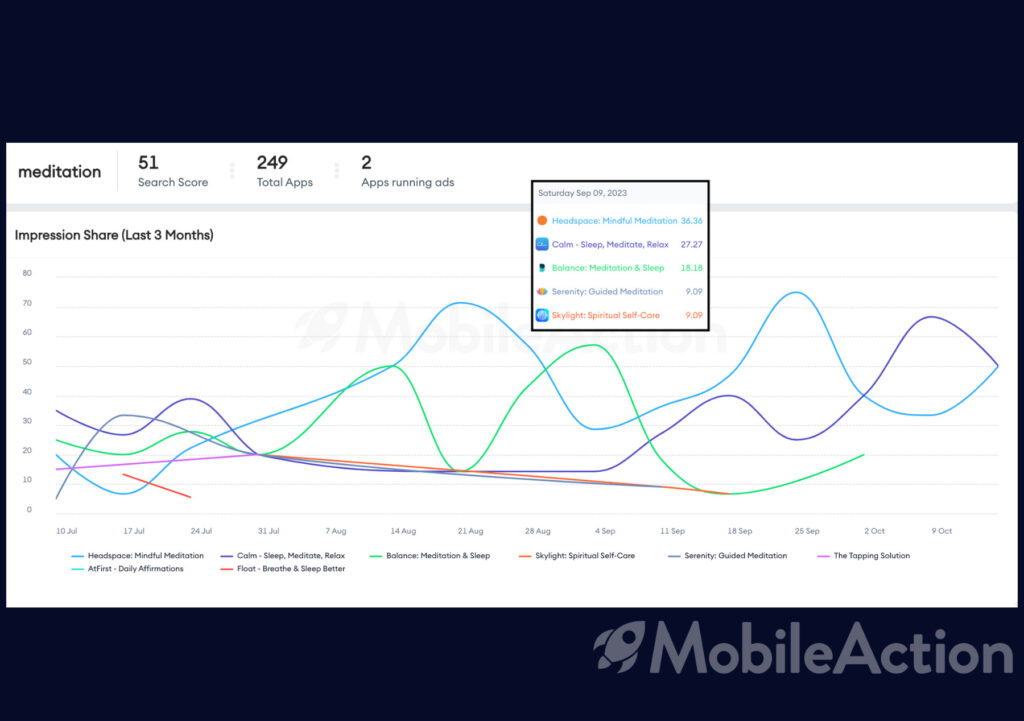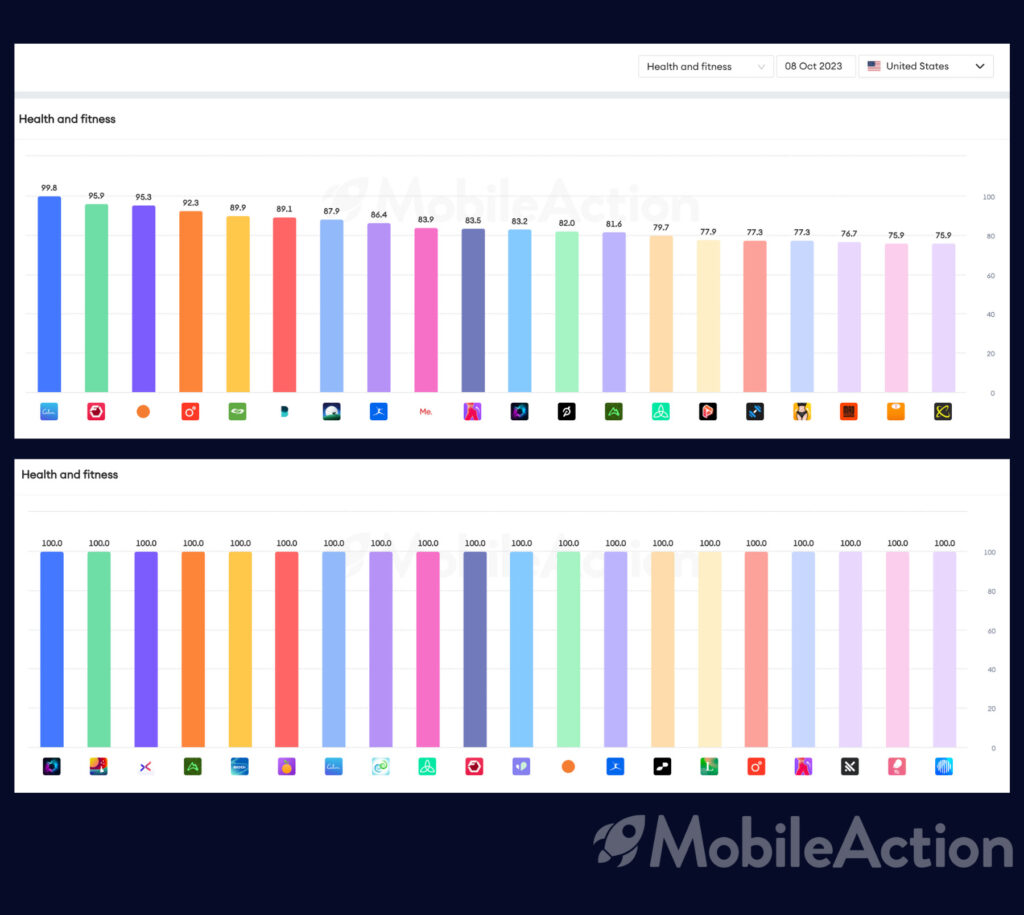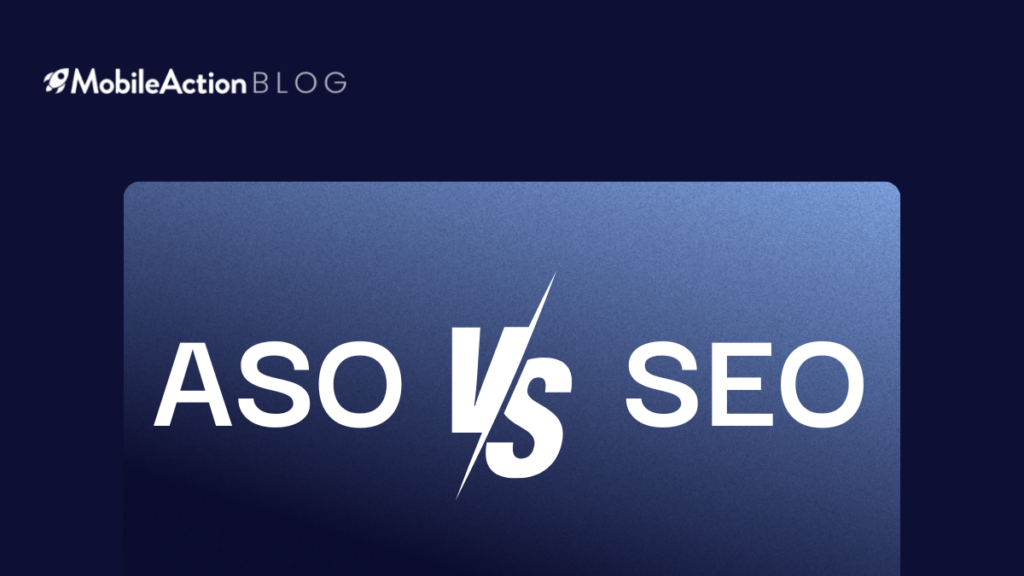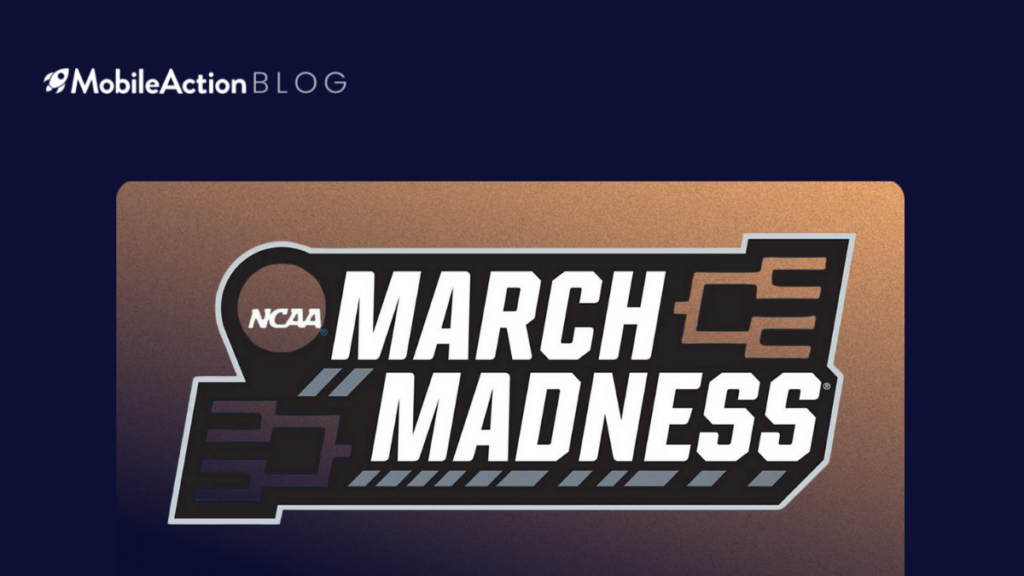Effective advertising plays a crucial role in mobile user acquisition. However, optimizing your advertising strategy can be challenging without insights into the strategies employed by top advertisers and industry competitors. MobileAction provides the essential intelligence tools you need. Now, it is time to fine-tune App Store and Google Play campaigns. This article will elaborate on what the Google App Campaigns Intelligence tool offers.
What is Google App Campaigns Intelligence?
Now, you can optimize your campaign strategy and gain data-driven insights on the Google Play Store. Google App Campaigns Intelligence allows for easier tracking of critical metrics such as impression shares and organic keyword rankings, all while providing the ability to compare your overall performance with your competitors. Let’s dive deeper into Google App Campaigns Intelligence and discover how it expands your abilities. The feature enables app marketers to explore more with four capabilities:
- Search by App: It allows you to search for any app to understand its Google Play search result paid keyword strategy.
- Search by Keyword: The tool lets you search for any keyword to learn which apps generate the most paid impressions for that Google Play search result.
- Search by Competitor: It helps compare your paid keywords to your competitors’ on a single page to uncover new keyword opportunities.
- Top Advertisers: Lets you see which apps are gaining the most visibility from their Google Play search result ads.
But the real question is: “How can you make the most of Google App Campaigns Intelligence?” Here are five potential use cases to elevate your app marketing strategy through Google App Campaigns Intelligence.
1- Conducting a Comprehensive Competitor Analysis
Let’s consider that Calm is interested in conducting a competitor analysis and establishing a list of its competitors. Calm’s app is available on both the Apple Store and Google Play Store, underscoring the need for a comprehensive competitor analysis to maintain a competitive edge on both platforms. By leveraging the “Search by Competitor” feature within Google App Campaigns Intelligence, Calm can seamlessly compare its paid keywords with its competitors on a single page, thereby uncovering valuable new keyword opportunities.
Through the Competitor Analysis tool, Calm gains a complete view of its performance on the Google Play Store, encompassing elements such as the App Campaigns Visibility Score, active countries, and unique and paid keyword comparisons. This way, Calm can get a complete overview of its app campaigns’ performance.

We can delve into the “Search by App” and “Search by Keyword” features for a more in-depth analysis. In Search by App, Calm can monitor its keywords as well as those of its competitors, keeping tabs on their paid impressions. This is invaluable for identifying fresh keyword opportunities across both paid and organic aspects. For instance, when examining the paid keywords of a competitor like Headspace, Calm may notice keywords for which Headspace garners a higher impression share than Calm. Additionally, these keywords may boast high search scores, indicating their popularity in the market.

This presents a significant opportunity for Calm to consider. Given that Headspace obtains higher impression shares from these keywords, Calm can explore the keywords included in Headspace’s metadata and consider integrating them into their own strategy. By analyzing Google App Campaigns Intelligence, Calm can get a general idea of their keyword traffic and their competitors. With these insights, they can endeavor to boost their traffic through metadata adjustments. The example provided here pertains to just two keywords, but envision the potential with hundreds more. Elevating your paid strategy to a new level while enhancing your competitive research becomes a tangible outcome.
When we turn our attention to the “Search by Keyword” feature, as is the case with Calm, Calm can proactively search for high-value keywords such as “meditation” or “anxiety.” Through this search, it can identify competitors and their respective impression shares over a specified time period. This empowers Calm to understand its performance and positioning in the competitive landscape during that time frame.
For instance, let’s consider the scenario where Calm observes fluctuations in its performance while Headspace consistently dominates the paid advertising space for a prominent keyword like “meditation” over a few months. This insight can hold valuable implications for Calm’s future strategies, possibly prompting a more concentrated focus on meditation-related offerings.

By harnessing these three tools, any app has the capability to conduct a comprehensive competitor analysis specifically tailored to the Google Play Store environment.
2- Market Analysis
Within the “Search by Competitor” feature, users can access the data of the active countries of an app’s Ad Campaigns. For instance, in the case of Calm, it becomes evident that one of its competitors, BetterSleep: Sleep Tracker, is actively targeting audiences in 13 countries, whereas Calm is currently active in only 7. This observation reveals an open opportunity for Calm, signifying room for expansion and growth.
By effortlessly switching between different storefronts on the platform and observing the paid and organic visibility score as well as keyword impression shares and ranking, app marketers and developers can readily identify storefronts to invest in and those that hold untapped potential for their app. This approach allows for a calculated expansion strategy, enabling you to explore additional countries for potential App Campaigns and extend the reach of your app without taking excessive risks.
3- Trend Analysis
Observing shifts in impression shares, keyword rankings, and competitor performances provides valuable insights into market trends. Adapting your app’s metadata strategy in line with these trends is crucial to staying relevant to your target audience, and it will also positively affect your paid user acquisition performance. After all, investing in outdated trends that won’t drive conversions is wasteful. So, tracking these trends is vital for app marketers.
Analyzing every keyword and their associated impression shares across various apps and storefronts is one of the most crucial steps of ad campaign analysis. You’ll need a performance report to come up with actionable insights. With App Campaigns Intelligence, all this data is gathered on a single platform, enabling you to accomplish the task in a short period of time. This efficiency streamlines the decision-making process and empowers app marketers to act swiftly in response to market shifts.
5- Advertiser Analysis
Within the “Top Advertisers” section, you can explore the top advertisers overall or those specifically in your category. This feature provides insights into the paid advertising landscape within your category and unveils your key competitors, granting you visibility into the dominant players in Google App Campaigns.
In the case of Calm, it holds a dominant position within its category at the time of this analysis. Let’s take a look at how the position of an app can shift by selecting a different time frame. An illustrative example is from August 2023, when another app overtook Calm. Calm can establish alerts to receive notifications of any such changes to safeguard its position and maintain its leadership in the category.

Want to see how the premier mobile UA optimization platform can help you improve your strategy on Google Play? Schedule a demo to get a walkthrough of Google App Campaigns Intelligence.




